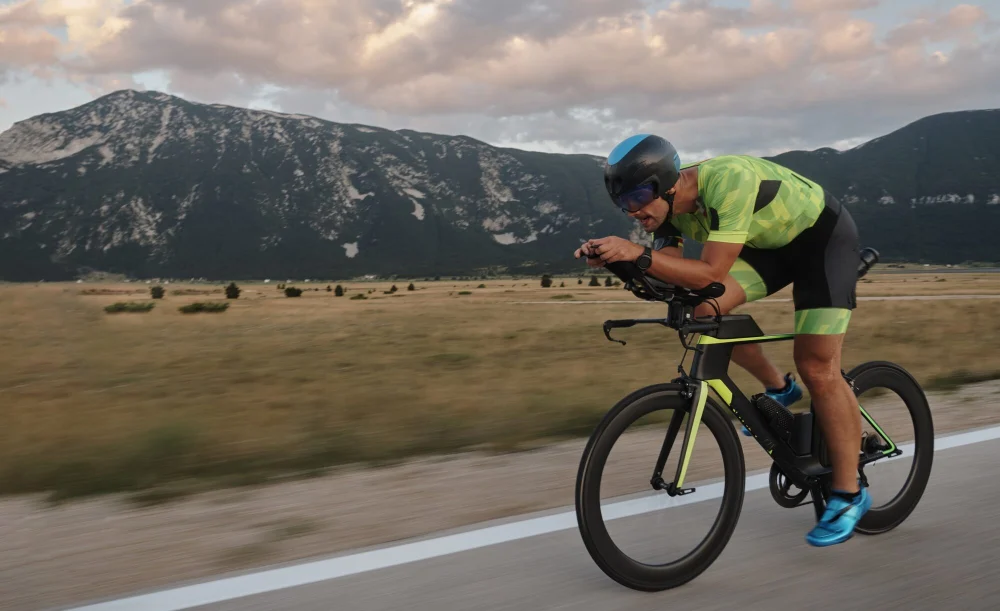
- what-are-aero-bars-and-why-do-cyclists-use-them
- how-much-speed-do-aero-bars-actually-give-you
- are-aero-bars-worth-it-for-amateur-cyclists
- comfort-and-control-are-they-sacrificed
- real-cyclist-insights-and-experiences
- when-aero-bars-make-sense-and-when-they-dont
1. What Are Aero Bars and Why Do Cyclists Use Them?
Aero bars, also called triathlon bars or clip-ons, are handlebar extensions designed to put riders in a more aerodynamic position. They allow cyclists to lean forward, reducing wind resistance by minimizing frontal exposure. Originally popularized by triathletes and time trialists, these bars have become increasingly visible among serious amateur cyclists and endurance riders.
The goal? Cut through wind like a knife. Less drag means more speed without more effort—at least in theory. But is that benefit really worth the switch for every type of rider?
2. How Much Speed Do Aero Bars Actually Give You?
2.1. Wind Tunnel Data vs. Real-World Performance
Wind tunnel tests often suggest that aero bars can save you 1–2 minutes over a 40km distance—depending on body position, bike geometry, and riding speed. At higher speeds, the gains become more noticeable. But outside controlled environments, factors like terrain and traffic can diminish the advantage.
2.2. Impact on Energy Efficiency
It’s not just about going faster. Being in an aerodynamic tuck can lower your perceived effort at a given pace. That’s why endurance athletes often adopt aero bars—to conserve energy across long distances.
3. Are Aero Bars Worth It for Amateur Cyclists?
3.1. Budget Considerations
Most clip-on aero bars range from $60 to $200, making them an accessible upgrade. But that cost can spiral once you include fittings, bike fit sessions, and potentially a new bike geometry to accommodate the change.
3.2. Type of Riding
If your cycling involves group rides, hilly terrain, or urban commutes, the benefits of aero bars might be marginal or even a hindrance. They're best suited for long-distance solo rides, flat courses, or time trials where maintaining a tucked position pays off.
3.3. Training and Positioning
Getting the most from aero bars requires time in the saddle adapting to the new position. Poor form can cancel out the aerodynamic gains or even lead to discomfort and injury. A proper fit is essential.
4. Comfort and Control: Are They Sacrificed?
4.1. Steering Limitations
While using aero bars, your hands are positioned further in and closer together. This reduces your ability to react quickly—especially in sudden turns or emergency situations. For many, it feels less stable, particularly on technical descents.
4.2. Long-Term Discomfort Risks
Some riders report neck and back strain when first adapting to the aero position. Without adequate core strength or a well-fitted bike, this position can become more of a liability than a benefit.
5. Real Cyclist Insights and Experiences
Take Mike, a mid-pack triathlete who installed aero bars before his first Ironman 70.3. He shaved 7 minutes off his expected time on the bike leg. But his friend Sarah, a weekend endurance rider, found she rarely used hers and eventually took them off.
Forums and Reddit threads often echo the same sentiment: “aero bars are only worth it if you’re going to stay in them.” If you're sitting up half the time, the gains are neutralized.
6. When Aero Bars Make Sense—and When They Don’t
6.1. Ideal Use Cases
Aero bars shine during triathlons, long solo rides on flat roads, and time trials. They’re also useful for ultra-distance events like RAAM or Audax where maintaining speed with less energy is crucial.
6.2. When You Can Skip Them
If your rides are shorter than an hour, often include stoplights, or take place on winding roads, you’re better off investing in a lightweight helmet or a bike fit. You’ll get more comfort and performance without compromising control.
If you're considering adding aero bars to your setup and want personalized gear recommendations tailored to your riding style, visit Cycling Guider for expert reviews and suggestions from experienced riders.




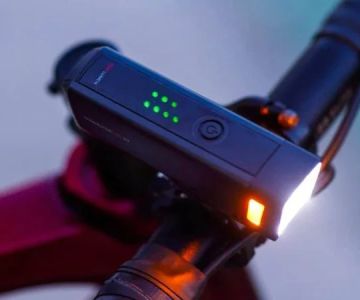

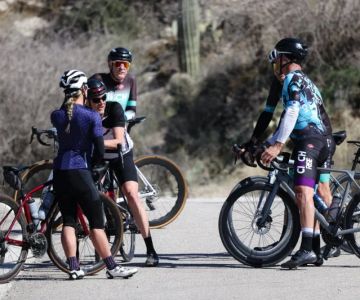
 Billet BMX5.0 (2 reviews)
Billet BMX5.0 (2 reviews)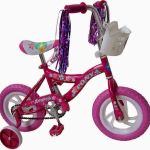 Far East Children Bicycle Factory1.0 (1 reviews)
Far East Children Bicycle Factory1.0 (1 reviews) Archer Motorsports, Inc.4.0 (8 reviews)
Archer Motorsports, Inc.4.0 (8 reviews) YEP Bike Works4.0 (55 reviews)
YEP Bike Works4.0 (55 reviews) Gorham Bike & Ski4.0 (498 reviews)
Gorham Bike & Ski4.0 (498 reviews)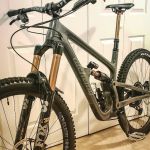 Alchemy Bikes4.0 (37 reviews)
Alchemy Bikes4.0 (37 reviews) How to Teach Kids to Ride a Bike: A Step-by-Step Guide for Parents
How to Teach Kids to Ride a Bike: A Step-by-Step Guide for Parents Tips for Riding on Busy City Streets: Smart Strategies for Urban Cyclists
Tips for Riding on Busy City Streets: Smart Strategies for Urban Cyclists Best US National Parks for Mountain Biking: Ride Epic Trails Across America
Best US National Parks for Mountain Biking: Ride Epic Trails Across America Best Aero Helmets for Time Trials and Racing
Best Aero Helmets for Time Trials and Racing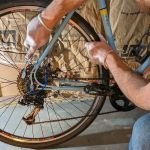 How to Clean and Lubricate Your Bike Chain Like a Pro
How to Clean and Lubricate Your Bike Chain Like a Pro 10 Must-Have Items for Long-Distance Cycling Trips
10 Must-Have Items for Long-Distance Cycling Trips